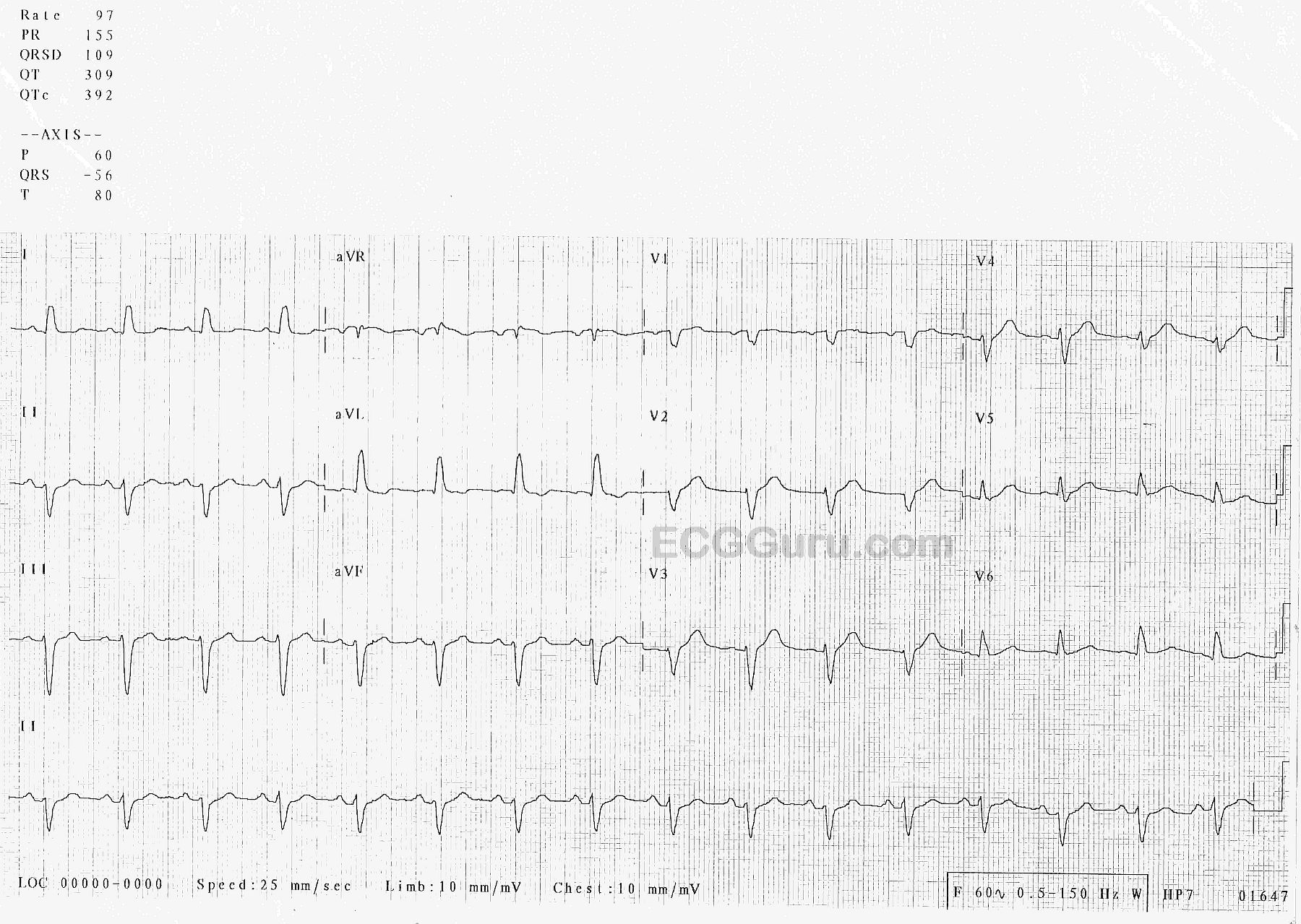

Right atrial dislodgement (1.9 %, p < 0.001) or ICD lead dislodgement (1.8 %, p = 0.002) was more common than right ventricular dislodgement (0.3 %). Coronary sinus lead dislodgement or malfunctioning was 1.4 %. Lead-related re-intervention was necessary in 86 (4.4 %) patients it was more common in younger and male patients, and due to either lead dislodgement (66 %), malfunctioning (20 %) or perforation (18 %). In 595 patients (30.8 %) a CRT-D/P was implanted. One thousand nine hundred twenty-nine devices including 3909 leads were implanted. Lead-related reasons for re-intervention were categorised into lead dislodgement, malfunctioning or perforation. At least 1 year of follow-up regarding re-intervention was available for all patients. To determine the incidence and predictors of lead-related re-intervention in a Dutch high-volume teaching hospital.ĭata from all patients who underwent cardiac rhythm device implantation between January 2010 and December 2011 were collected in a prospective registry. Prospective real-life data are necessary to assess cardiac device implantation procedure-related risks. However, these involved small numbers and selected patients. Complications of implantation were rare in the trials. The number of cardiac rhythm device implantations has been growing fast due to expanding indications and ageing of the population. Treatments for inappropriate shocks included increasing VT therapy bpm and rhythm and/or rate control medications. Lower shock therapy zones were associated with increased risk for inappropriate shocks, and the majority of inappropriate shocks resulted from atrial arrhythmias with rapid ventricular response. One quarter of TOF patients with ICDs experienced inappropriate shock therapy, the timing of which was most often clustered within the first two years after implant or years later. After inappropriate shocks, 1 patient underwent lead replacement, 1 had the VT cutoff increased, and 6 were treated with medications. Inappropriately shocked patients had lower beat per minute (bpm) cutoff values for ICD therapy (mean = 162 ± 24 bpm vs. Three patients received inappropriate shocks for sinus tachycardia, 7 for atrial arrhythmias, and 1 for noise artifact. Eight (18%) patients received both appropriate and inappropriate shocks, 6 (14%) received only appropriate shocks, and 3 (7%) received only inappropriate shocks. Mean age at implantation was 39 ± 13 years. Records of patients with repaired TOF and ICD implantation who were followed at Columbia University Irving Medical Center between and were analyzed.Ĥ4 patients with repaired TOF and ICD implantation were reviewed. We investigated occurrences of ICD shocks in TOF patients to identify prevalence, characteristics associated with inappropriate shocks, and therapeutic interventions after inappropriate shocks. Patients with Tetralogy of Fallot (TOF) are at increased risk for sudden cardiac death, often undergo implantable cardioverter defibrillator (ICD) implantation at younger ages, and are at greater risk of experiencing inappropriate shocks.


 0 kommentar(er)
0 kommentar(er)
